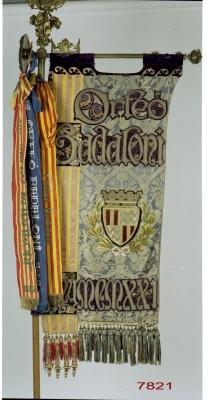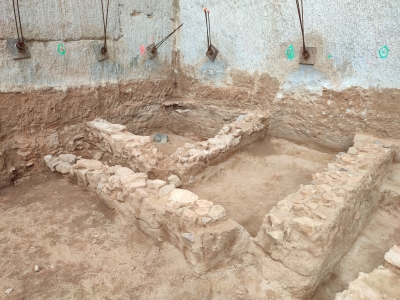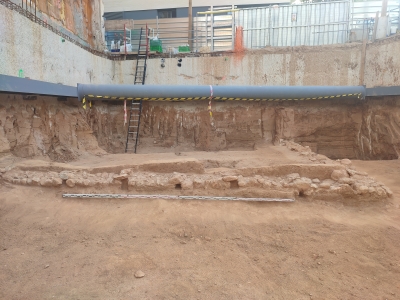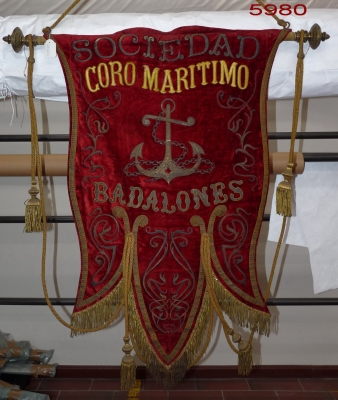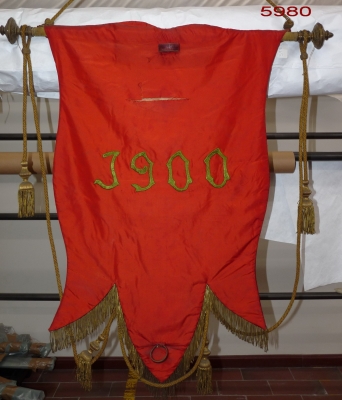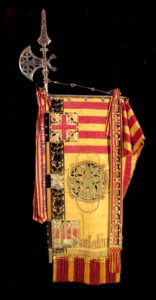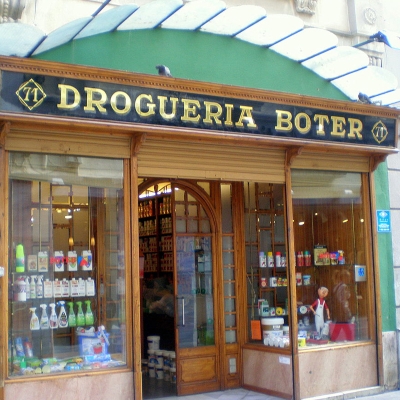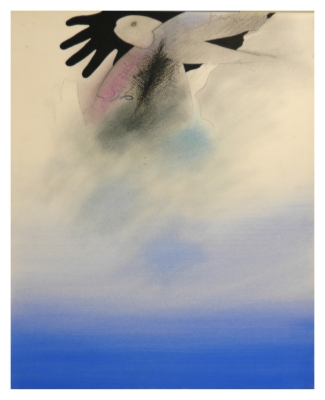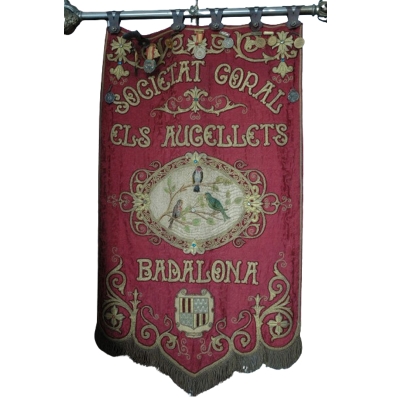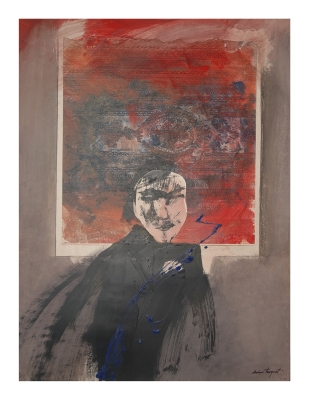Clara Forn, archeologist of the Museum, defended her thesis about Baetulo
Last October, our colleague Clara Forn defended her thesis entitled “Baetulo de l’origen a la fi (II ANE – VI DNE). Topographical, spatial and historical analysis based on a GIS project”, which obtained the qualification cum laude. The doctoral thesis was directed by Dr. Josep Guitart i Duran, former director of the Museum of Badalona and author of the thesis “Baetulo. Topography archeology urbanism and history” published by the Museum of Badalona in 1976.
The dissertation presented is the second monographic thesis written on the city of Baetulo, and aims to be a benchmark for archaeological studies of the city of Baetulo and urban archaeological sites, as well as being the basis for future studies works related to the city and its territory.
The work is structured in two large blocks. The first presents the study framework and reviews both previous archaeological studies and urban archeology work over almost a hundred years. The second, which is divided into three sections, presents for the first time an exhaustive analysis of the Roman city and its suburbs based on a project based on geographic information systems. Therefore, all archaeological structures are analyzed from a topographical, spatial and historical perspective.
It is necessary to highlight the effort to digitize and update the result of the archaeological interventions made from 1927 to the present day, applying an own and leading methodology that will facilitate a large amount of data both in future scientific investigations, as in the management of the archaeological site and its dissemination.


